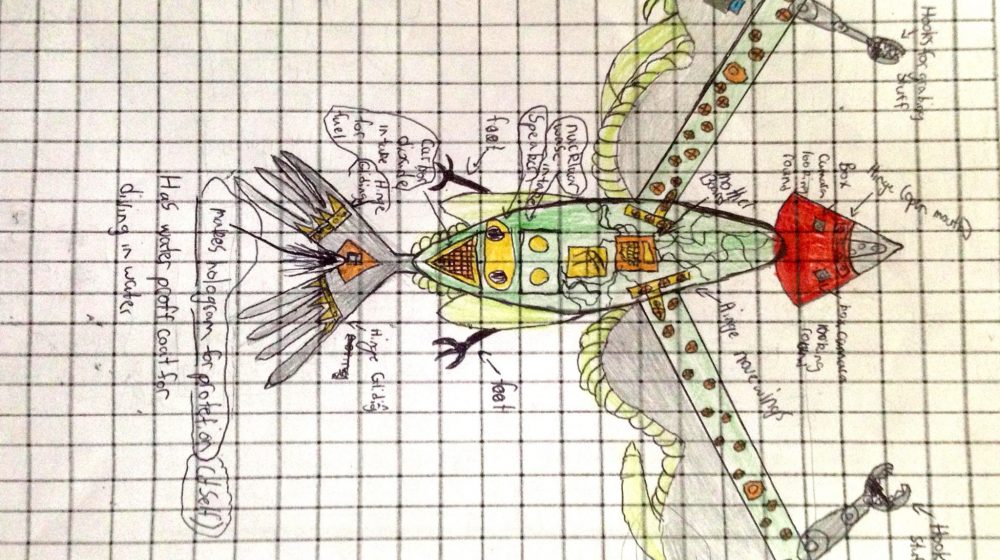Published on October 20, 2018
The development of students’ STEAM (Science, Technology, Engineering, Arts and Mathematics) skills are a high priority for educators to ensure students thrive post school in a complex 21st century, digitalised environment. At Hunter Valley Grammar School, STEAM subjects are taught through an integrated future-focused learning program imbedded in the curriculum.
With this push for STEAM skills also comes a requirement for teachers to enhance students’ visual literacy so they can successfully visualise and solve abstract concepts and problems of the future.
What is visual literacy?
Visual literacy is the ability to interpret, create and evaluate visual images for communicating information. Developing visual literacy skills plays a vital role in enhancing learning and innovation. Why? Simply, the digital world is a visual world. To innovate we must be able to visualise, as the majority of information we process – to construct knowledge – comes through our eyes. STEAM specialist Kate Mason (2016) says: “Visual Literacy is a mode of thinking that helps us understand and navigate the world around us and is a vital tool in an increasingly visual and digital age.”
Visual literacy is multifaceted and develops from the way in which we observe our world. Thinking and communicating visually stimulates critical and creative thinking across all subjects. It is essential for conceptual understanding, problem solving and expressing ideas.
Drawing in Maths, Technology and Science: a Year 4 STEAM unit
Finding opportunities to incorporate visual literacy in STEAM learning is an important focus for teachers at HVGS and involves teacher librarians meeting weekly with Junior School teachers from each year group. A fantastic result of this process was a collaborative STEAM unit developed with three Year 4 teachers and an industrial designer in which students drew their own robotic creature, detailing its technology/operating systems.
In class, students were studying Mechanica by Lance Balchin, a visual text acting as a cautionary tale about the environment and the rise of AI. Videos were used to model drawing techniques for ideation. Students then undertook an in-class assessment task to visually represent their understanding. Through annotations and the use of symbolism, students compared the function of human systems to robotic systems, documented in a T-chart (a graphic organiser used to examine two facets of a topic).
The T-charts highlighted the detail and deep functional thought evident in the students’ final designs and proved to be a deeply engaging process, which was evidenced by their final submissions.
This process of graphically representing and drawing ideas is often used by designers, engineers, scientists and mathematicians. In our Year 4 task, it was important for students to forget the pretty endpoint of a picture, but instead to focus on visual problem solving. Thinking on paper (and via computer-aided design programs) facilitates the process of manipulating imagery in the mind, which is a powerful way to explore how an idea may work in reality.
Ultimately, visual literacy offers a wide spectrum of opportunities to enhance STEAM-based learning. Imagery truly is universal, and through acknowledging and valuing the potential of visual literacy across STEAM-related areas, we can equip our students with the tools they need to mine their imaginations for innovation.

